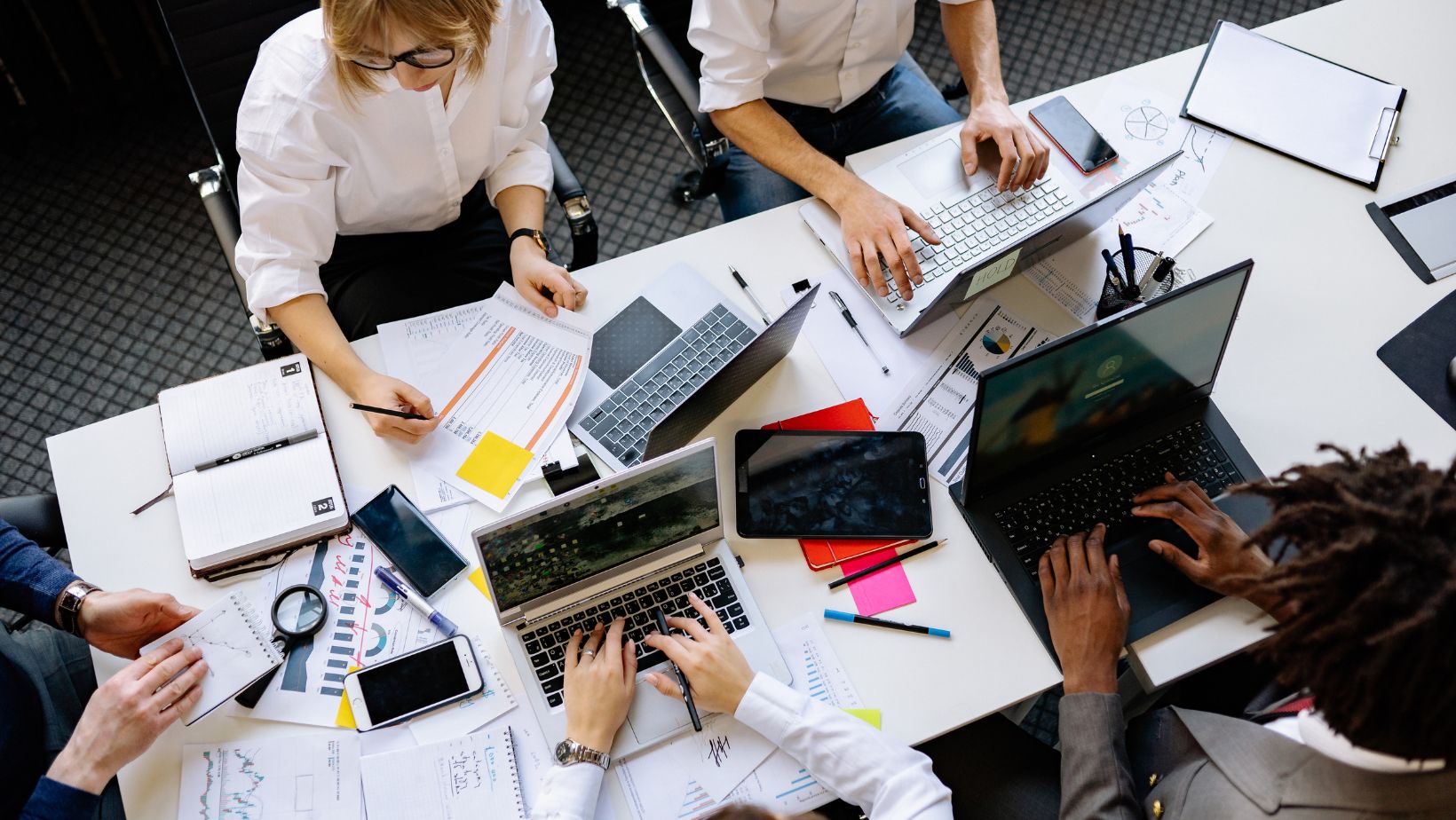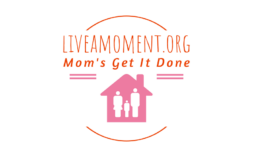Mindfulness has become an essential tool for maintaining clarity and focus in the fast-paced professional world. Just as focusing on a strategy while gaming can transform the outcome, integrating mindfulness into your daily routine can bring significant positive changes to your workday. Simple practices like mindful breathing and structured micro-breaks can make a difference—click here to explore how these methods can also parallel the strategic discipline found in casino games.
Why Mindfulness Matters in the Workplace
Professionals are constantly juggling deadlines, meetings, and endless to-do lists. While multitasking may feel productive, it often leads to burnout and decreased efficiency. Mindfulness offers a solution, enabling individuals to focus fully on the present moment, reducing stress, and enhancing decision-making.
Studies have shown that mindfulness improves cognitive function, emotional regulation, and interpersonal relationships. In the workplace, these benefits translate into better teamwork, clearer communication, and higher overall satisfaction. Integrating mindfulness into a busy schedule doesn’t require hours of practice—it can start with small, intentional changes.
Practical Strategies to Practice Mindfulness at Work
Start the Day with Intention
How you begin your morning sets the tone for the rest of the day. Incorporate mindfulness by taking a few moments before diving into emails or tasks. A short meditation, a few deep breaths, or setting a clear intention can ground your mind and establish focus.
Quick Tips for Morning Mindfulness:
- Practice a five-minute meditation using a guided app.
- Write down three priorities for the day.
- Breathe deeply for one minute before starting work.
Use Mindful Breathing Between Tasks
Switching between tasks can feel chaotic, especially when deadlines loom. Mindful breathing offers a simple yet effective reset. Before starting a new task, take a few slow breaths, focusing solely on the sensation of air entering and leaving your body.
Mindful breathing is an excellent way to anchor your attention and reduce mental clutter. It’s quick, inconspicuous, and can be done anytime—whether transitioning between meetings or shifting from one project to another.
The Power of Micro-Breaks
Micro-breaks are short, mindful pauses that can drastically enhance your productivity. These breaks aren’t about scrolling through social media or grabbing a quick snack but are intentional pauses to reconnect with your body and mind.
Here’s how to incorporate micro-breaks:
- Stand up and stretch for 60 seconds.
- Close your eyes and take 10 deep breaths.
- Take a brief walk around your office while focusing on your surroundings.
These small pauses refresh your mental energy and create space for clearer thinking. If you want to explore more about how micro-breaks transform workplace habits, explore detailed mindfulness techniques tailored for professionals.
Creating a Mindful Workspace
Declutter and Simplify
A cluttered workspace can contribute to a cluttered mind. Take a few minutes each day to organize your desk, ensuring only the essentials are visible. This simple act reduces distractions and promotes a sense of order.

Incorporate Calming Elements
Adding mindful elements to your workspace can create a calming environment. This might include:
- A small plant or succulent.
- A photo or object that brings you joy.
- A white noise machine or soothing playlist.
The goal is to make your workspace an area where focus and calm naturally flourish.
Mindfulness in Meetings
Meetings are a staple of any professional’s schedule, but they can also be a significant source of stress and miscommunication. Incorporating mindfulness into your meetings can make them more productive and engaging.
Start with a Brief Check-In
Before diving into the agenda, encourage a brief moment of silence or a quick breathing exercise. This sets a collaborative tone and ensures everyone is present and focused.
Practice Active Listening
Mindfulness during meetings means giving your full attention to the speaker without formulating responses in your mind. Active listening not only enhances comprehension but also fosters respect and better collaboration among team members.
Mindful Emailing and Communication
The fast pace of digital communication can lead to hurried, unclear messages. Mindful emailing involves taking a moment to pause before hitting send, ensuring clarity and professionalism.
Steps to Mindful Emailing:
- Read your email aloud to check tone and intent.
- Ensure the message addresses the recipient’s needs concisely.
- Avoid multitasking while drafting emails—focus solely on the task.
This practice reduces misunderstandings and helps you communicate more effectively.
Incorporating Movement into Your Day
The Role of Movement in Mindfulness
Physical activity is a natural partner to mindfulness, helping release built-up tension while grounding your thoughts. Simple movements during the day can elevate your focus and energy.
Easy Movement Practices for Busy Professionals
- Chair Yoga: Incorporate simple stretches like neck rolls and seated twists at your desk.
- Walking Meditation: Take a mindful walk during lunch, paying attention to each step and your surroundings.
- Stretching Routines: Dedicate five minutes every hour to stretch, focusing on how your body feels.
These practices enhance your physical well-being while anchoring your mind to the present.
Overcoming Challenges in Practicing Mindfulness at Work
While mindfulness is beneficial, it can feel difficult to prioritize in a demanding work environment.

Common obstacles include lack of time, distractions, and the misconception that mindfulness requires long periods of stillness.
Solutions for Common Challenges:
- Schedule mindfulness moments like any other task to make them non-negotiable.
- Use technology mindfully by leveraging apps and reminders to stay on track.
- Start small—introducing even one or two mindful practices can make a noticeable difference.
The Benefits of a Mindful Workday
Professionals who consistently integrate mindfulness into their workdays report feeling more balanced, focused, and resilient. The benefits extend beyond the office, improving relationships, emotional health, and overall quality of life.
Mindfulness equips you to navigate challenges with greater ease, turning stressful situations into opportunities for growth and learning. By committing to these practices, you create a workday that supports both productivity and personal well-being.
Conclusion: Take the First Step Towards Mindfulness Today
Incorporating mindfulness into your busy workday doesn’t require drastic lifestyle changes. Small, intentional practices—like mindful breathing, active listening, and movement—can transform how you approach work and life. By prioritizing mindfulness, you enhance your ability to stay present, reduce stress, and achieve your goals with clarity and focus.
Start today with one simple practice, and watch as mindfulness reshapes your professional and personal success.


